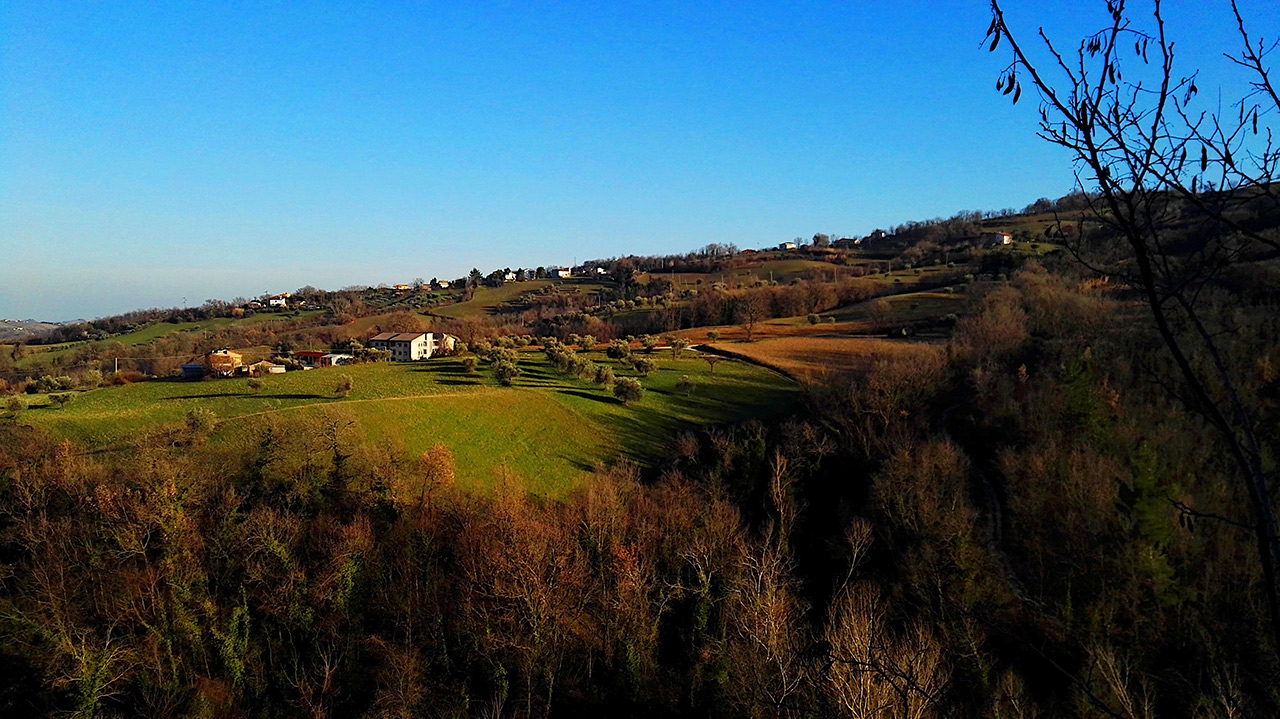










Campli
An ancient village nestled between the valleys of the Siccagno and Fiumicino creeks


Where

What it is and where it is
Campli is a town with approximately 7,000 inhabitants and is situated on a plateau, at an altitude of 400 meters, in the so-called "District of the Two Kingdoms," between the valleys of the Siccagno and Fiumicino streams. Since 2018, it has been included in the club of the most beautiful villages in Italy. In fact, despite having suffered damage to the historic center due to the earthquakes that have struck Central Italy on several occasions over the past decade, Campli has become one of the towns that symbolize resilience to seismic events.
Why it is special
Campli, in addition to being surrounded by a fascinating landscape, is special because of its incredible historical and architectural stratification. In fact, in some ways it has retained the classic appearance of medieval mercantile villages, as evidenced by the arcaded buildings in the historic center, dating back to the 14th century. Other palaces, such as the Casa del Farmacista and the Casa del Medico, retain architectural and decorative elements typical of the 16th century. Not to mention the National Archaeological Museum, which collects some examples of grave goods from the Petruzi (the ancient inhabitants of the current province of Teramo) found in the nearby Campovalano Necropolis.
Not to be missed
Campli is a village that has to offer numerous experiences in all seasons of the year. The most frequent is that of theancient Sunday market. From 8 a.m. to 1 p.m. takes place what has been a true local institution since 1293. You can stroll around Piazza Vittorio Emanuele and through the streets of the center peeking at the many stalls and tasting local cheeses, honey and jams and, above all, Campli's typical porchetta italica.
A bit of history
As is often the case, the first evidence of the place name's existence appears in a document from 1078, a list of the possessions of Robert Count of Abruzzo. In truth, it is known that the Campli territory was inhabited since ancient times, a thesis supported by numerous findings discovered in the nearby Italic Necropolis of Campovalano and preserved today in the National Archaeological Museum. In 1520, it became a Farnesian fief, a dominion that lasted until 1734, when it then became a bishopric and diocese until 1818.
Trivia
An art-historical speculation was conducted on the Holy Staircase, built in a part of the complex now known as St. Paul's Church. The building, with an exterior in poor style, houses in its interior the main staircase, consisting of twenty-eight steps made of olive wood. The greatest peculiarity, however, concerns the six canvases, three on each side, placed on the walls of the staircase. These, in fact, all present an irregular, almost trapezoidal shape. For two of the works, the bands for attaching them to the frame are also painted, which would indicate (if proven) that the canvases would have been adapted to the sanctuary by cutting them down to the trapezoidal shape.
Enter the Map of Italy's Undiscovered Wonders and find treasures where you least expect it... Inspire, Recommend, Share...
Collections
The Map thanks:
In the Community
Enter the Map of Italy's Undiscovered Wonders and find treasures where you least expect it... Inspire, Recommend, Share...
Where

Collections

